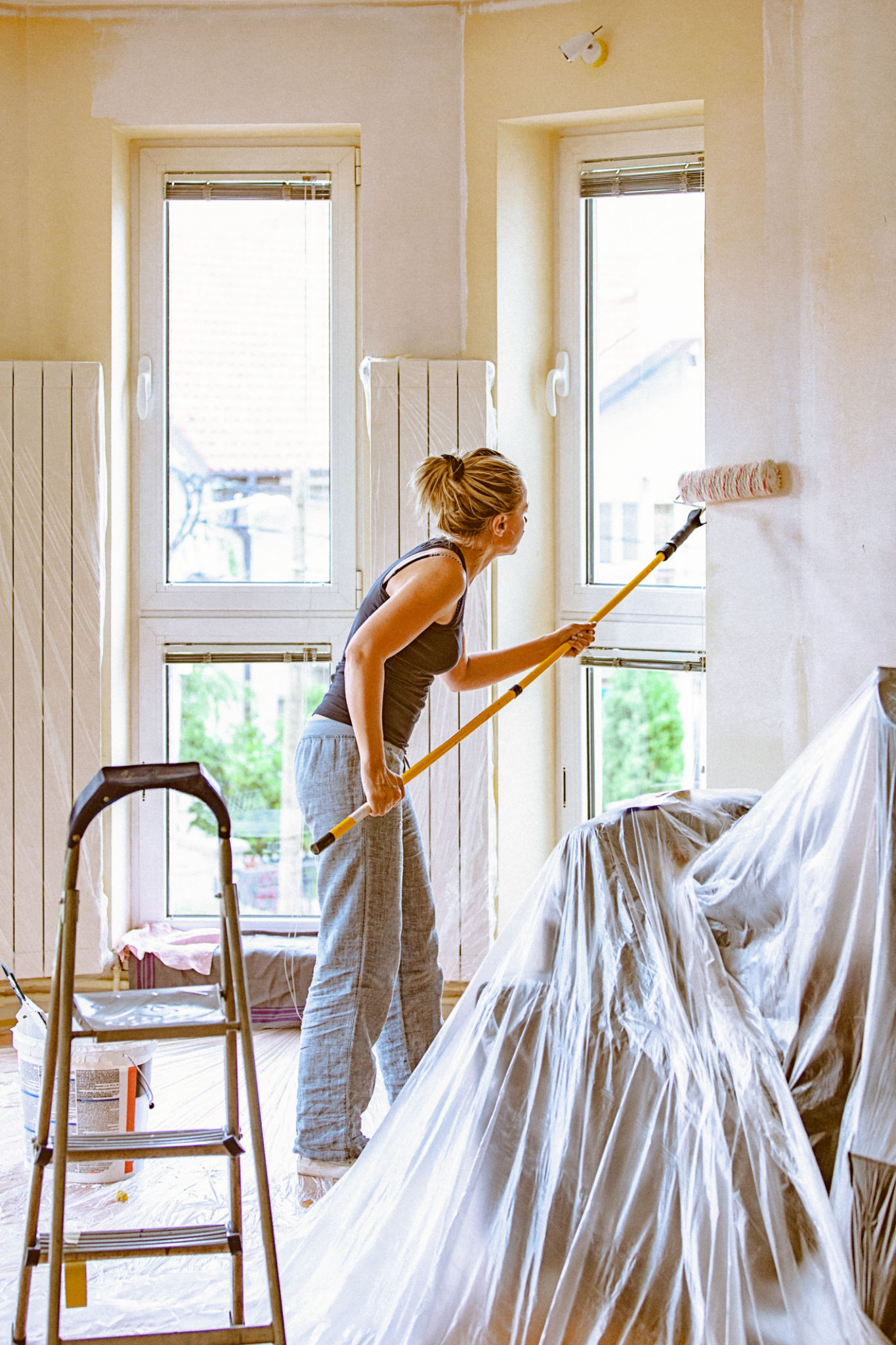Weather-Proof Your Home: Seasonal Exterior Painting Tips for Canadian Climates
Understanding Canadian Climates
Canada's diverse climate presents unique challenges for homeowners looking to maintain their property's exterior. From the harsh cold of the northern territories to the dampness of the west coast, your home's exterior paint needs to withstand a variety of environmental factors. Choosing the right paint and applying it correctly can significantly extend the life of your exterior finish.

Selecting the Right Paint
When it comes to weather-proofing your home, selecting the right paint is crucial. Look for paints specifically designed for exterior use that offer UV protection and water resistance. For Canadian climates, investing in high-quality, durable paint can save you time and money in the long run.
Consider paints with a high acrylic content, as they provide excellent adhesion, flexibility, and resistance to cracking. This is particularly important in areas with extreme temperature fluctuations.
Preparing Your Home for Painting
Before you start painting, proper preparation is key. Here are some steps to ensure a smooth process:
- Inspect and Repair: Check for any damage or rot in the wood. Replace or repair as necessary.
- Clean the Surface: Remove dirt, mildew, and old paint using a pressure washer or scrub brush.
- Prime the Surface: Use a high-quality primer to ensure better paint adhesion and longevity.

Timing Your Painting Project
Timing is essential when painting the exterior of your home. Aim to complete your painting project during mild, dry weather. In Canada, late spring to early summer or early fall are typically the best times to paint. Avoid painting in extreme temperatures, as this can affect the drying process and lead to premature peeling or cracking.
Applying the Paint
Once your home is prepped and the weather conditions are ideal, it's time to apply the paint. Use these tips for a successful application:
- Use the Right Tools: Quality brushes and rollers can make a significant difference in the finish.
- Apply Two Coats: While it might be tempting to save time, a second coat ensures better protection and color depth.
- Follow the Grain: When painting wooden surfaces, follow the grain to avoid unsightly brush marks.

Maintenance Tips
To keep your home's exterior looking fresh and weather-resistant, regular maintenance is necessary. Inspect your exterior annually for signs of wear and touch up any areas where the paint may have chipped or faded. Regular cleaning can also prevent dirt and mildew buildup, which can degrade the paint over time.
Conclusion
Weather-proofing your home with the right exterior paint not only enhances its aesthetic appeal but also protects it from the harsh Canadian climate. By selecting high-quality materials, preparing the surface properly, and applying the paint under the right conditions, you can ensure your home stays beautiful and protected for years to come.
